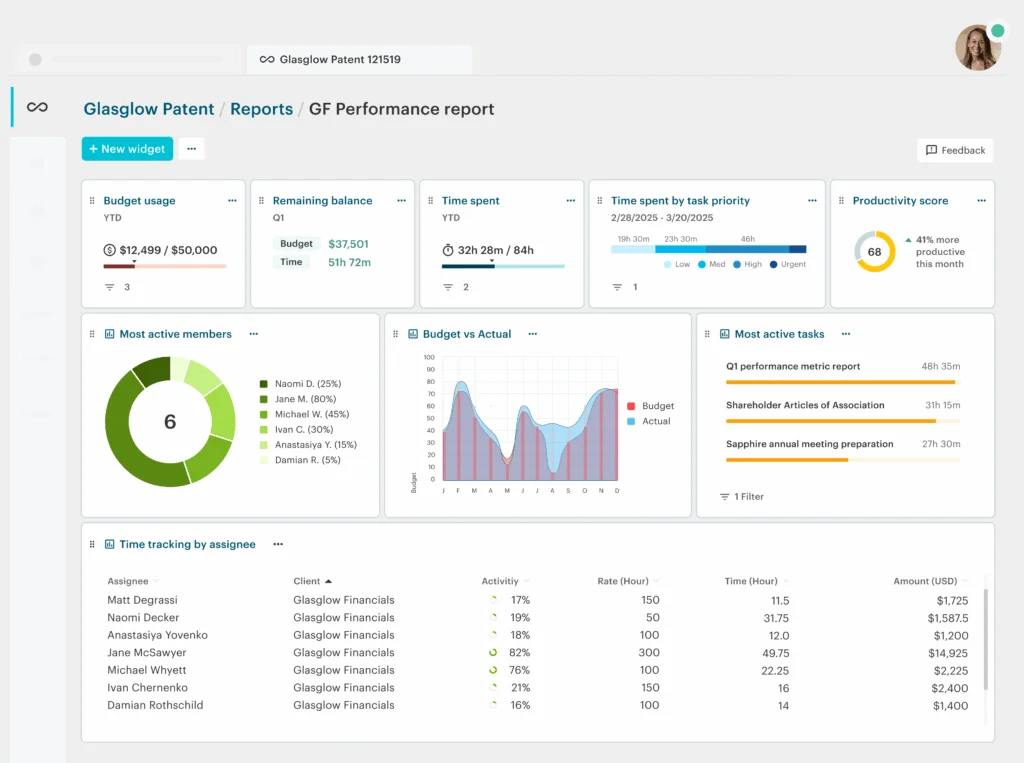A Conversation with Nick Stech on Secure Collaboration, Legal Workflow Automation, and AI’s Role in Legal Tech
Pam Hoover sat down with Workstorm’s Chief Operating Officer, Nick Stech, to discuss Workstorm’s journey, the evolving nature of legal tech, and the role AI can play as law firms grow more sophisticated in managing risk and efficiency.
Pam: Nick, Workstorm’s origins stem from the financial industry, where confidentiality and compliance are critical. How did that experience drive the initial vision for Workstorm?
Nick: In trading, secure and reliable communication is fundamental. Any breach or delay can have serious consequences. When Raj (Fernando) and I started Workstorm, we aimed to create a platform that addressed these core needs – secure, compliant, and reliable messaging, file sharing, integrated video and audio calls, and seamless APIs – in a way that was particularly robust and easy to use. That foundation naturally transitioned well into the legal industry, where similar demands for confidentiality and governance exist but with the added operational complexity around matter management.
Pam: Collaboration technology has matured significantly over the last 5-7 years. From your perspective, how has collaboration evolved, especially in the legal sector?
Nick: Collaboration has not evolved enough. Legal teams require platforms that integrate communication with project management, workflow automation, and real-time insights. The rise of alternative fee arrangements, for example, has placed pressure on firms to be more transparent with budgets and progress. Collaboration solutions need to support these additional requirements without adding friction. There is also a growing expectation for platforms to unify disparate systems, so users don’t have to toggle between applications, which historically has been a significant drain on productivity.
Pam: The addition of workflow automation to Workstorm’s platform is a major progression from earlier product versions. How does AI fit into your vision?
Nick: AI, particularly agentic AI, plays an increasingly important role. Rather than replacing your legal experts, AI helps manage the manual components of legal workflows by automating routine, repetitive tasks . . . things like deadline tracking, document routing, or risk flagging based on multiple data points. They can also be used to get documents started, pulling from proprietary firm resources, and ensuring that best practices are consistently deployed for all engagements. Automation positively impacts legal project managers and operations teams, allowing them to focus on strategic decision-making. The challenge and opportunity lie in embedding AI within existing workflows and refining those workflows, so that it becomes a natural extension of actual human intelligence rather than a disruptive and distracting add-on.
Pam: Given those demands, how is Workstorm meeting the needs of some of the largest Am Law firms today?
Nick: Large firms require platforms that balance operational rigor with the flexibility to integrate with their existing technology investments. They have rigid security requirements, diverse practice areas, and high client expectations for transparency and efficiency. Workstorm’s platform helps by centralizing core matter management functionality – providing dashboards, workflow templates, and integrations, and enabling file sharing, communication, and reporting. We give law firms real-time visibility into budgets, deadlines, and risks, all of which impact critical decisions. The integration capabilities allow firms to connect Workstorm to their CRM, billing, and document management systems, which is desirable for firms already operating at scale.
Pam: Looking ahead, what do you see as the biggest challenges and opportunities for legal technology platforms like Workstorm?
Nick: The legal industry is at a crossroads where operational efficiency, client demands, and security intersect. The challenge is developing technology that is secure, intuitive, and adaptable to rapid changes without disrupting firm culture and existing workflows. At the same time, firms increasingly recognize that technology, when thoughtfully deployed, is a cornerstone of competitiveness. The opportunity for Workstorm is to continue solving the workflow automation gap and setting the pace to deliver measurable results.
Pam: Finally, what is your recommendation to law firms evaluating various platforms today?
Nick: Prioritize platforms that view collaboration and workflow automation as one ecosystem, not separate silos. Look for solutions that understand the unique pressures of legal work, whether it’s fixed fees, risk management, or regulatory compliance, and can provide transparency and control across all facets of matter management. And importantly, choose partners who commit to ongoing innovation, who want to work cooperatively with your firm, and who value your firm’s mission as much as you do. That approach will drive sustainable operational excellence.
—–
Media Inquiries:
Pam Hoover
VP of Marketing
phoover@workstorm.com


